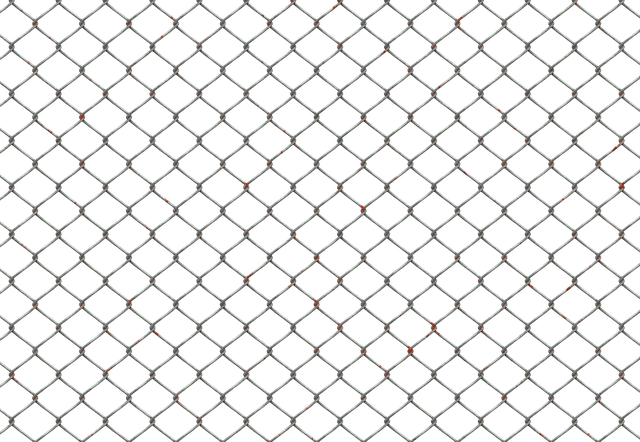In New Bedford, a well-maintained fence is not just an addition to your property but a statement of aesthetics and security. However, understanding common damage types like rot, pest infestations, or weather-related issues is crucial before investing in fence repair or installation. This article guides you through the process, from selecting the perfect fence for your space to ensuring optimal maintenance. We’ll explore expert tips on installation, repair, and upkeep to help you make informed decisions and keep your New Bedford fence looking its best.
- Understanding Common Fence Damage in New Bedford
- Choosing the Right Fence for Your Property
- Step-by-Step Guide to Fence Installation
- Professional Fence Repair Services Explained
- Tips for Maintaining Your New Fence
Understanding Common Fence Damage in New Bedford
Fences in New Bedford, like anywhere else, are subject to various forms of damage over time. Weather conditions play a significant role, with heavy storms and strong winds frequently causing issues such as broken or missing boards, loose posts, and torn barriers. These natural occurrences can be particularly detrimental to older fences that haven’t been maintained properly.
Another common type of fence damage in the area is due to deliberate acts or negligence. This includes vandalism, animal tampering, or poor installation initially. Such incidents can result in bent or broken rails, damaged gates, and even complete structure failures if not addressed promptly. Regular inspections and maintenance are crucial in identifying these issues early on, ensuring the longevity of your fence.
Choosing the Right Fence for Your Property
When considering fence repair or installation, selecting the perfect type is half the battle won. The right fence should align with your property’s aesthetics and offer both functionality and durability. Factors to ponder include your yard’s layout, privacy needs, and desired maintenance level. For instance, a wood fence exudes charm and warmth but demands regular upkeep, while a vinyl option is low-maintenance yet may lack the same visual appeal.
Ultimately, the choice should reflect your lifestyle, budget, and individual preferences. Consulting with professionals can provide valuable insights, ensuring you make an informed decision that will enhance your outdoor space for years to come.
Step-by-Step Guide to Fence Installation
1. Planning and Preparation: Before installing any fence, it’s crucial to plan the layout and gather necessary materials. Measure the perimeter of your desired fence area accurately. Choose a suitable fencing material – wood, vinyl, or metal – considering factors like durability, maintenance, and budget. Obtain all required permits from local authorities before starting. Gather tools such as a tape measure, post holes digger, level, shovel, and any specific hardware for your chosen fence type.
2. Marking the Outline: Using string and stakes, mark out the exact path of your fence. Ensure it aligns with your property lines and follows any local regulations. Dig the postholes – they should be deep enough to support the fence posts securely. Set the posts in place, ensuring they’re level and aligned. Backfill the holes with concrete, allowing it to dry completely before proceeding. Attach the fence panels or rails according to manufacturer instructions, securing them with nails, screws, or brackets as applicable. Finally, inspect your new fence for stability and appearance, making any necessary adjustments.
Professional Fence Repair Services Explained
Professional fence repair services offer a range of solutions to keep your outdoor space secure and aesthetically pleasing. From damaged panels that need replacement to loose posts requiring realigning, these experts are equipped to handle various issues. They use high-quality materials and modern techniques to ensure long-lasting repairs, maintaining the structural integrity of your fence.
When you opt for professional services, they will assess the damage, provide recommendations, and offer tailored solutions. This includes repairing or replacing damaged sections, reinforcing weak spots, and ensuring proper drainage to prevent future problems. Their expertise lies in balancing functionality with aesthetics, enhancing the overall value of your property while addressing any security concerns.
Tips for Maintaining Your New Fence
A newly installed fence is an investment, so it’s crucial to maintain its quality and longevity. Regular cleaning is a must; brush away leaves, dirt, and debris to prevent buildup that could stain or damage your fence. Use a soft-bristled brush or a garden hose for gentle washing.
Inspect your fence regularly for any signs of wear, such as loose pickets, rust (for metal fences), or cracks in the wood. Address these issues promptly to avoid further damage. Keep an eye out for overgrown vegetation that could push against the fence, causing warping or bending over time. Trimming back overhanging branches will help preserve the fence’s structure and appearance.
